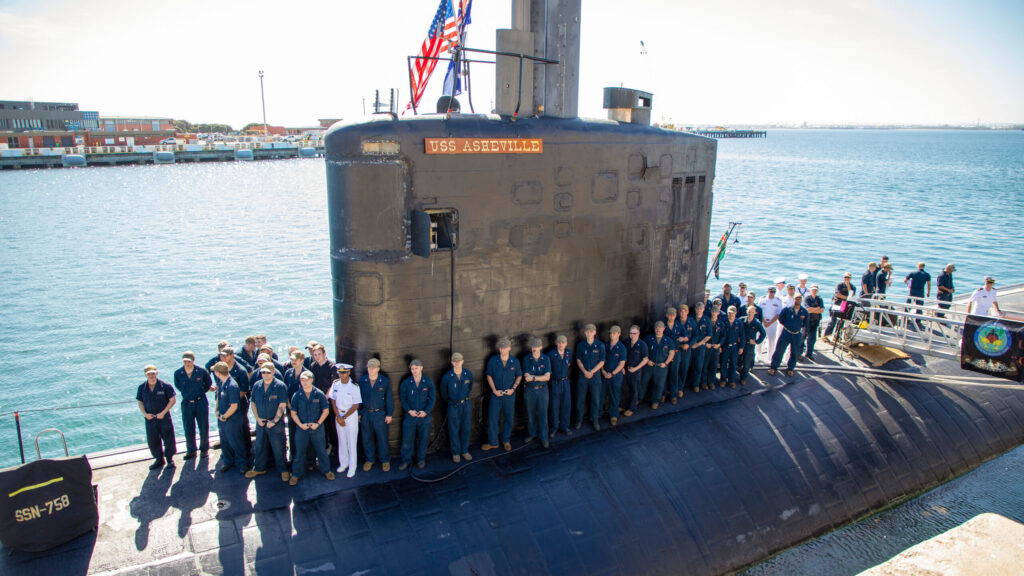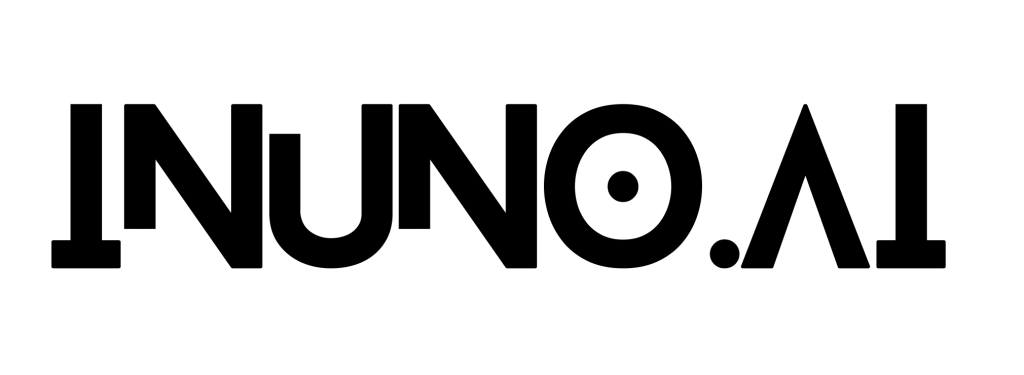
The crew of the USS Asheville assemble on the casing of the submarine during a visit to HMAS Stirling in Rockingham, Western Australia. (Australian government)
WEST 2025 — The AUKUS nations have made progress in loosening regulatory barriers when it comes to the exchange of defense technology for the alliance’s Pillar II initiative, but an Australian official said much more red tape still needs to be cut.
“If we’re going to step into this endeavor, we’ve got to be committed to creating opportunities to accelerate and getting technology into the hands of our warfighters,” Commodore David Frost, naval attache in the Royal Australian Navy, told an audience here at the West conference on Thursday. “That can only be achieved if we knock down many of the barriers to that, one of which is the licenses that are required for us to share.”
Frost was referencing licenses still withheld under the Excluded Technology List (ELT), a list that, as its name suggests, identifies tech that’s still controlled by onerous export rules like the US government’s International Traffic in Arms Regulations (ITAR). In August the US approved new ITAR rules to speed along AUKUS-related tech sharing, but experts and lawmakers have called for the alliance to go further. Frost suggested that’s been in the works.
“So Australia, and particularly in Washington, with the State Department, with the Pentagon, with the Navy, we’ve been very focused on that excluded technology list to make sure it’s as minimal as possible so we can get at sharing that technology. Now are we there yet? No, we’re not,” he said. “We need to focus on that so there’s more work to be done.”
Related: AUKUS ITAR changes not much help for Pillar 2 tech: US Studies Centre experts
Frost said that narrowing down the excluded tech list will help strengthen not only Pillar II efforts — which include capabilities such as hypersonics, autonomy, AI and other advanced weapons — but also would give small businesses the opportunity to showcase their capabilities.
“We are committed to creating an environment where not just the clients who have the ability to operate in an ITAR environment, because they have resources and people that just do that as part of their business, but small backyard people, the SMEs [small and medium size enterprises] that have really good technology that can be shared and get into the hands of the warfighter,” Frost told Breaking Defense on the sidelines of the event.








